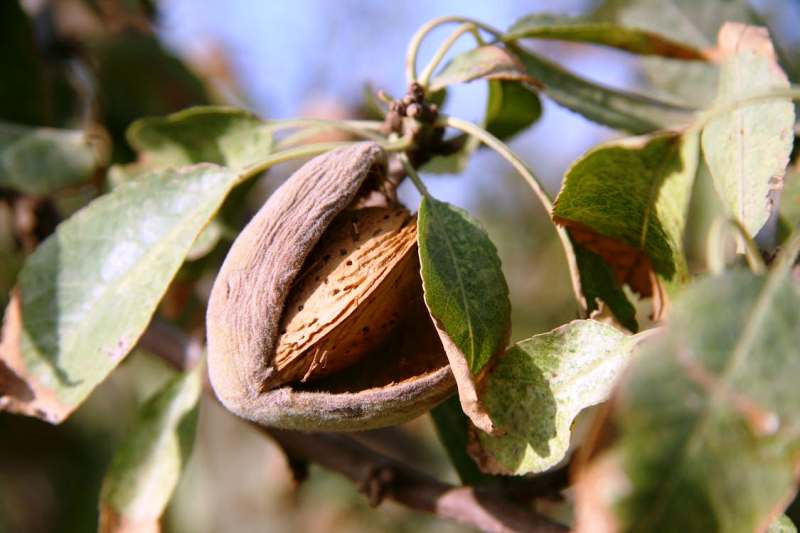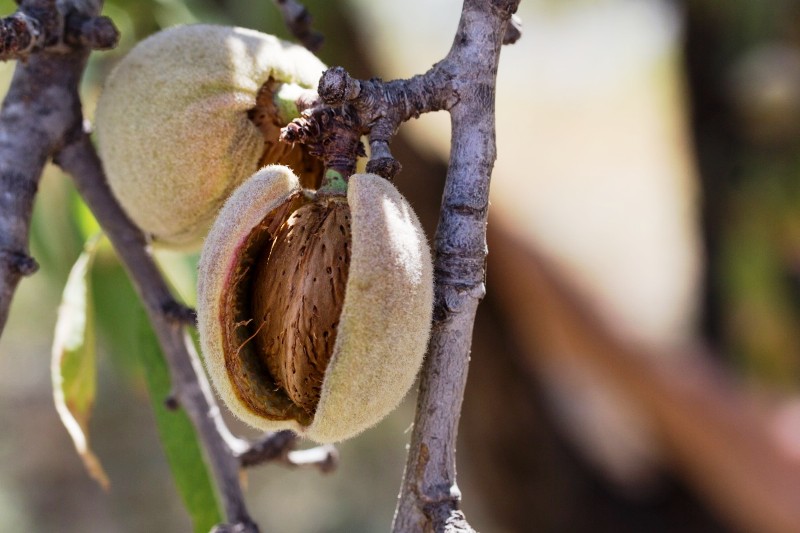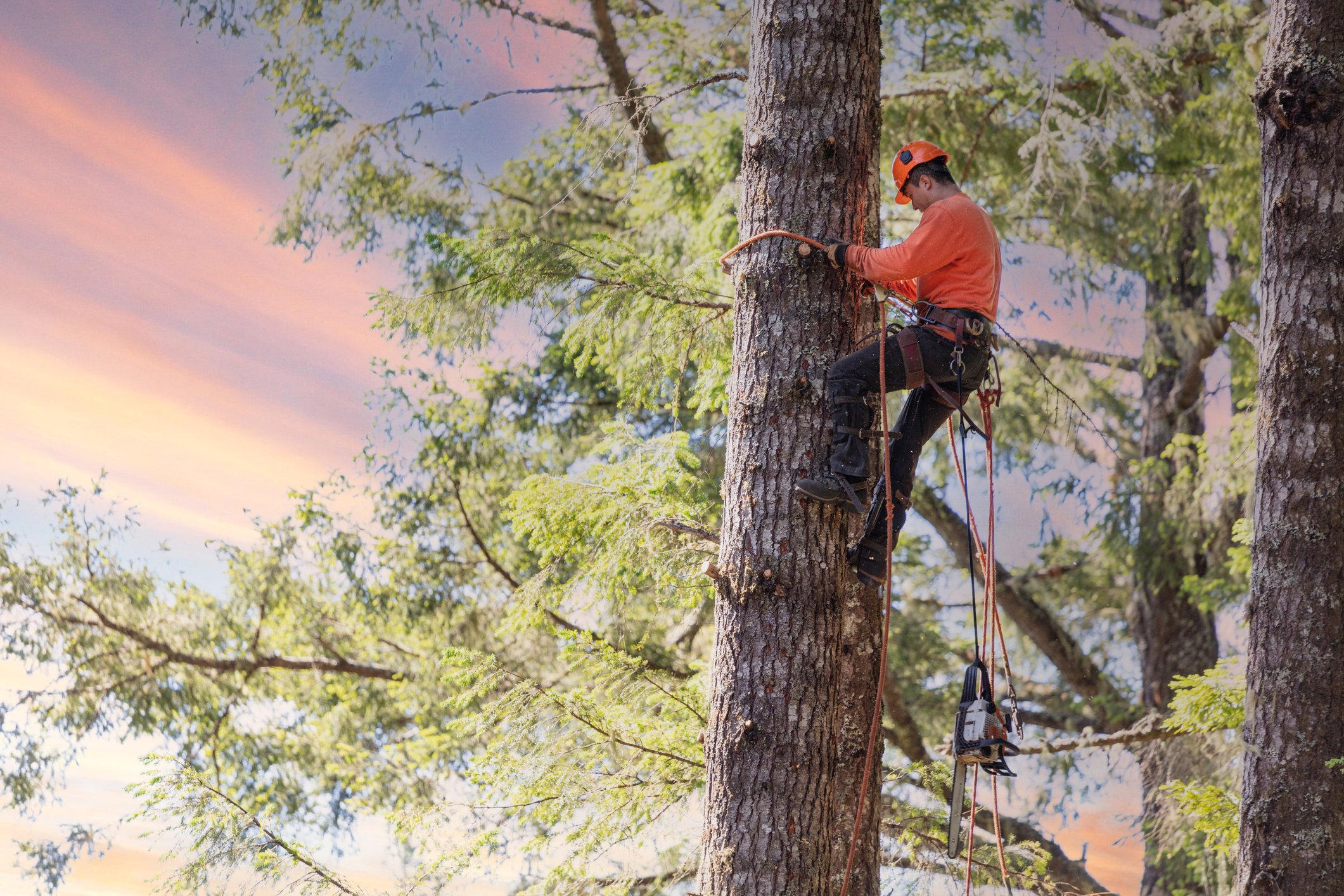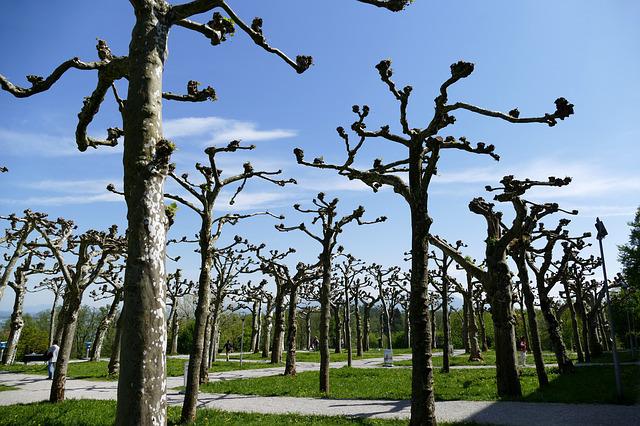Step-By-Step Guide to Pruning an Almond Tree
Contents
– Focus on the almond tree
– Step 1: Form an almond tree into a goblet
– Step 2: Shape an almond tree into a palmette
– Step 3: Carry out the fruiting pruning of the almond tree
– Step 4: Make the rejuvenation pruning of the almond tree
The almond tree is a tree that is generally grown in the open air, either as a stem or in a goblet, to facilitate harvesting. Outside of the South of France, its early flowering makes it necessary to train it against a wall facing south or southwest to harvest some almonds. The shape most often adopted is then the palmette à la diable.
Once the tree is formed, the fruiting takes place after 2 to 3 years without intervention. Once the tree starts to grow, aeration of the crown is welcome to keep a compact shape and ensure the renewal of the fruiting branches. Rejuvenation pruning makes it possible to replace aging, less productive carpenters every 3 or 4 years.
Here is a step-by-step guide to pruning an almond tree.
Description of the almond tree
Here are the main characteristics of the almond tree:
– The almond tree is very hardy (- 25 °C), but its flowering in February-March makes it vulnerable to spring frosts, even weak ones (- 2 °C), especially after a warming period.
– It tolerates ungrateful soils (stony, alkaline, tired) of pH between 7 and 8.
– It needs a marked winter cold to bloom profusely.
– It is not sensitive to alternation (“one year good, the other not”), which suppresses excess fruits.
Fertilization of the almond tree flowers
Four conditions are necessary for good fertilization of the flowers:
1. daytime temperatures of 15°C and above for a few hours ;
2. the absence of heavy rainfall favourable to the installation of monilia (almond rot);
3. high atmospheric luminosity;
4. the presence of another compatible variety, except for self-fertile varieties.
Fruiting bodies of the almond tree
The fruiting bodies are the same as in the peach tree:
– buds that form on twigs that are 1 year old and older;
– the mixed shoots (shoots that measure 30 to 50 cm with mixed buds and buttons);
– Maybuds that produce for 2 to 5 years in a row (unlike peach).
Note: the production is mainly done on the mixed branches depending on the variety of almond trees.
Vegetative organs of the almond tree
The vegetative organs are like in the other stone trees:
– the anticipates (branches born at the same time as the shoot that carries them grows) ;
– the gourmands, which often appear in the center of the tree and grow vertically;
– the woody branches.
The almond tree quickly becomes bushy, which hinders the lighting of the center of the crown and the fruiting. It proliferates on old wood, giving birth to mixed branches. When pruning, which should be light, keeping a balance between the vegetative and fruiting organs is vital so as not to stress the tree. However, it does not like repeated pruning and defends itself by producing gum.
Harvesting the almonds

The harvest can be done:
– “in green” in June-July to consume fresh almonds of low conservation, still surrounded by their almond green downy husk;
– or “dry” in September-October to preserve the dry almonds. Shake the branches, so the fully ripe almonds (visible shell) fall to the ground.
1. Shape an almond tree into a goblet
Winter of year n
Carry out this pruning at the time of planting, preferably during the vegetative rest, between December and the end of February (winter of year n):
– Cut back the scion to 80-90 cm from the ground, so the carpenters start a little below.
– Remove all anticipated (branches that have grown at the same time as the axis) located below 50 cm high.
– Cut off the remaining leaders 1 cm above the second bud (eye).
Important: keep a distance of 6-7 m between each tree in all directions.
During the following spring, these 2 eyes give birth to 2 branches.
During the summer (year n)
At this time:
– Select the best 40-50 cm shoots to keep 4-5 carpenters 15 cm apart, not too vertical and evenly distributed around the trunk.
– Shorten the others to slow down their growth.
During the second winter (n+1)
Proceed as follows:
– Completely cut off the branches not retained to form the carpenters at their base (at the level of the wheelbase).
– Recut the frameworks by 1/3 of their length above a bud below the axis. On hardy varieties that have given long anticipations, recut them flush with the shoot. Otherwise, shorten them.
In spring (n+1)
At this time, the sub-stems appear slightly inclined or horizontal, spaced about 40 cm apart, which will carry the fruiting branches.
At the end of winter (n+2)
At this time:
– Cut back the carpenter extensions by 1/3 of their length to form a well-ventilated crown. Do not cut too short so as not to delay fruiting.
– Remove the suckers and the branches that cross or encumber the cup’s center.
2. Shape an almond tree into a devilish palmette
This training method against a south-facing wall is quite simple and applied to trees of moderate vigour. It consists of turning down the central axis to 30-40 cm from the ground and selecting carpenters that start obliquely to the right and left of the axis up to 2.50 m high.
Proceed as follows:
– Pull the scion down to 30-40 cm from the ground.
– Remove all buds except the 4 end ones (or keep the 4 anticipated ones if they are present).
– Notch the 2 lower eyes to ensure their start.
Definition: to notch means to cut deep enough into the bark in an arc above the eye. This technique increases the flow of raw sap to the bud and encourages the bud to develop.
To make a notch:
– Using a grafting tool, make a 1st notch 1 cm above the bud in the shape of a circumflex accent.
– Make a second, more open cut below, 2-3 mm deep, to extract a portion of bark and wood in the shape of an open mouth.
– Post the 3-4 shoots as soon as they reach 30-40 cm in length.
– Lead the carpenters, as in the case of the goblet, by blunting them.
– Tie them to wires stretched between 2 stakes to orient them well during the tree formation.
Remember to loosen or remove the ties once the wood has grown strong.
3. Carry out the fruiting pruning of the almond tree
Once the tree’s framework is developed, pruning consists of removing excess branches. This can be done during the harvest in June-July (green pruning), in September-October or during the vegetation’s rest period between November and March:
– Start by removing all vertical suckers.
– Cut off all the dead wood, which is numerous, because the almond tree causes the organs produced for 2-3 years to die.
– Cut back 50% of the branches born the previous year to 2 eyes to produce new shoots close to the frames.
Note: the remaining 50% will bear fruit the following year, knowing that flowering buds are initiated in August, even if they are not very visible.
– Keep the May clusters.
– Aerate the tree’s center by pruning branches that grow inward, cross or have wounds.
Caution: avoid making large cuts to avoid gum spillage, or consider chewing them.
4. Carry out the rejuvenation pruning of the almond tree
Carpenters are replaced about every 3-4 years to avoid cutting branches of more than 10 cm in diameter:
– Select 1 or 2 suckers at the base of a carpenter and cut it just above, about 40-60 cm from the trunk.
– Brush a suitable thickness of healing putty on the cut.
– If necessary, lower the gourmand with the help of a string to make it produce more quickly.
Be careful: if you cut all the carpenters simultaneously because the tree has been neglected, it will take 4-5 years to produce almonds again.
Materials needed to prune the almond tree
Twine
Healing putty
Pruning saw
Pruning shears



